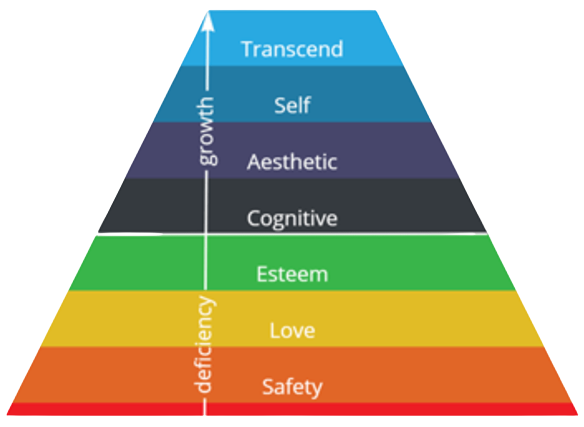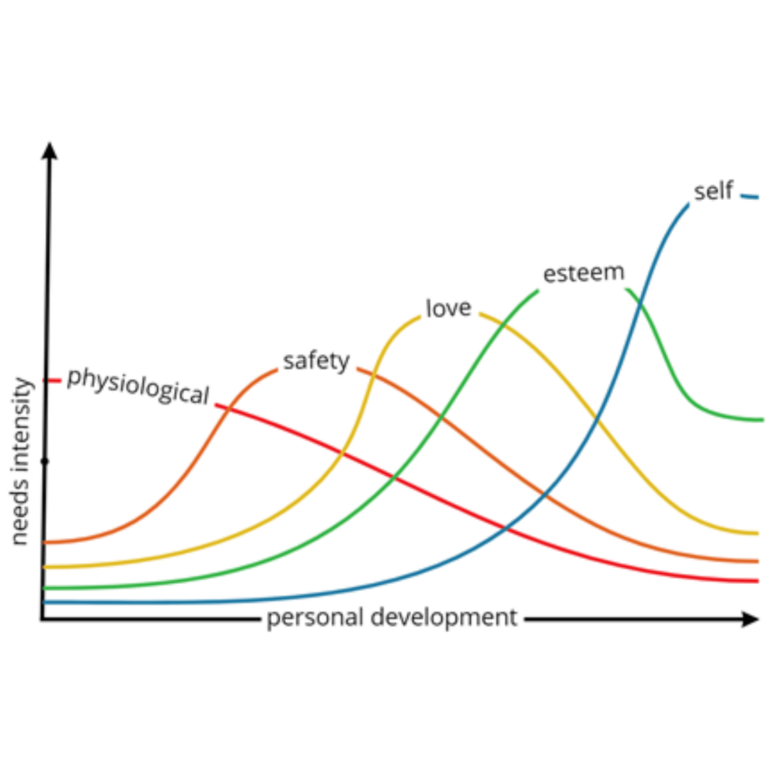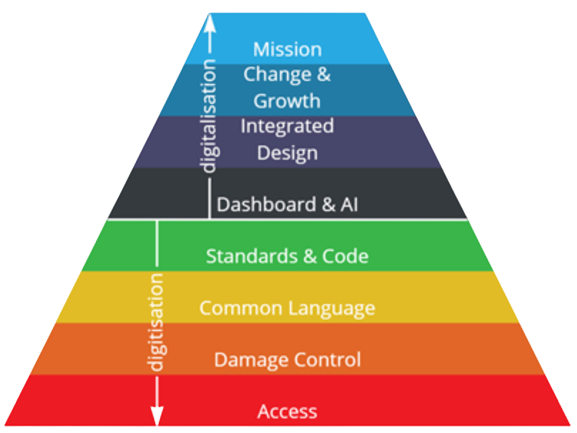As BIM usage evolves, so do reasons for model checking. In recent decades, the construction industry has moved from paper-based drawings to digital drawings. From there it proceeded to BIM models. Even more recently, it started to embrace BIM supporting services in the cloud
Nonetheless, the level of BIM adoption is unevenly distributed. Many companies work on digitising and encoding their paper-based document structure into structures of digital documents. Other companies have continued to the follow-up step, digitalising, and adopting fully digital workflows. They rely on information structures that exceed the conventional notion of documents.
Especially the latter steps of digitising and early digitalisation form a threshold for BIM adoption. This is due to the need to overcome both cultural and technological complexities in construction projects. It is necessary to connect a multitude of software systems. Professionals from multiple disciplines need to co-create coherent digital twins. And contractually obliged companies need trustworthy business propositions.
‘Model checking has to lower the threshold for transition’
To grow beyond this struggle, model checking has to lower the threshold for transition. It needs to reduce the biggest risks, establish common languages, and help people to express what they expect from one another. There is more than one reason to engage with model checking. How are these reasons related?
A dynamic model for motivation
The complexity of the ongoing digital transition contributes to the diversity of reasons to adopt model-checking workflows.
To get a better grasp on this situation, we will consider a well-known model for motivation, Abraham Maslow’s Hierarchy of Needs. (Maslow, A.H. (1943). “A theory of human motivation”. Psychological Review. 50 (4): 370–396.).

Maslow noted that “typically an act has more than one motivation.” As motivators for human action, he identified five basic needs:
- Physiological
- Safety
- Love
- Esteem
- Self-actualization, which he further detailed into
– Cognitive,
– Aesthetic,
– Self-actualisation and
– Transcendence
The hierarchy is more than an ordered list. It is a dynamic model for the relationship between needs which explains how primary goals change over time. Maslow noticed that the drive to fulfil any one need is related to fulfilling other needs.
The motivation to fulfil higher-level depends on the fulfilment of lower-level needs. The lowest unfulfilled need is the most important. As each need from the base up is satisfied, the next following appears as the most important. As we scale the hierarchy, all fulfilled needs still matter, but in reverse order (Figure 2).

A hierarchy for model checking needs
We can adopt Maslow’s hierarchy to better understand needs and motivators for model checking. By doing this, we will also gain insight into how these needs depend on one another. The resulting hierarchy of needs for model checking looks as follows (Figure 3).

-
Access (Physiological)
Ensure secure access to the models.
Fulfil pre-requisites for any form of model checking to occur. Models must be accessible, and files should not be corrupt. It should be possible to view the models.
2. Damage Control (Safety)
Avoid the costliest mistakes.
Shield the project from the costliest modelling and specification mistakes. One example for such mistakes are geometry clashes that can prevail through design, estimation, and construction. A checking environment also needs to be secure. Access by permission only.
3. Common Language (Love)
Establish a common language within the project team.
The participants of the project team need to be able to find a common language. They need to be able to express their expectations to one another. This can be done by exchanging information requirements, product data templates, and project-level information delivery specifications.
4. Standards & Building Code (Esteem)
Relate to the outside world and earn recognition.
The common language needs to resonate with standards and practices widely acknowledged by the industry and with the regulatory requirements laid out in the building code.
5. Dashboards & AI (Cognition)
Gain knowledge, acquire an understanding.
Now there is objectively meaningful information to display on dashboards. Key performance indicators can be defined. This is also the level where machine learning can deliver ever better insights.
6. Integrated Design (Aesthetic)
Exceed the technical perspective.
Requirements can be expressed for both design concept and technical performance. In this way, aesthetic solutions are on equal footing and better match with technical solutions.
7. Change into Growth (Self-actualization)
Grow and differentiate your company.
Individual users and organizations can develop a signature style and differentiate themselves whilst ensuring common goals are achieved.
8. Mission (Transcendence)
Understanding to wisdom. Holistic perspective. Change the industry. Build a better world.
You may disagree with the order of this hierarchy or even with the items in it. If so, take the model as a basis for discussion. Which needs do you think exist, and in which hierarchy?
The proposed model offers the following:
- It is a generic overview of the needs which model checking can fulfil.
- It lays out how they exist in a hierarchy, and how this hierarchy develops dynamically.
- It helps name the needs you currently perceive, in relation to other needs.
- Find which lower-level needs ought to be fulfilled first.
- Find which needs you may experience after you fulfilled your current ones.
- It can serve to map out a BIM adoption plan across the entire hierarchy that reaches out far beyond the needs that are currently apparent.
- It may help you to choose tools that are compatible with your organization, fulfil your needs, and have the ambition to be future proof.
Helping people build better, together
As the industry moves toward a digitalised workflow, we all have needs for model checking. And there are many reasons, just like there are many people filling various positions in various companies with different priorities.
They all have in common that they need tools which unburden their workload in a tough industry. These tools need to simplify the complexities of BIM, establish trust between parties, and invite everyone to gain insights and add value. Model-checking helps people build better, together.
Your free copy of “The BIM Model Checking Playbook” is one click away! Grab your free copy today to have a better grasp on BIM model checking.
Dr. Christian Friedrich

Product Owner














